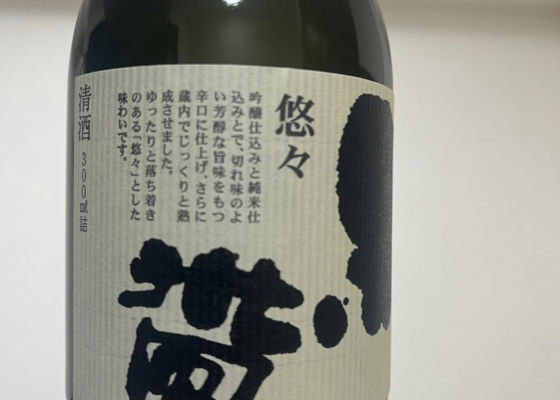SakenowaRecord your sake experiences and discover your favorites
黒帯Kuroobi
Flavor Chart®
A chart created from flavor analysis of user comments.

Flavor Tags ®
Tags generated from flavor analysis of user comments.
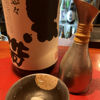
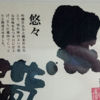
Popular Comments
I ordered this because they said the money for this will be donated to the Noto earthquake.
It will be hot 🍶.
Oh no, there was only one left when I thought this was the Mexicali Tempura.
It doesn't feel special, but it's a nice sake that goes perfectly with a meal. It wasn't stingy at all.
I can't read the label. It's black, which is what a beginner in calligraphy did.
Japanese>English
Brands from Fukumitsuya
Similar Brands
We analyze the flavors based on everyone's comments and select similar brands.
BentenmusumeSimilar Characteristics
HiokizakuraSimilar Characteristics
Location
2 Chome-8-番3号 Ishibiki, Kanazawa, IshikawaOpen in Google Maps
Related Articles
「dining gallery 銀座の金沢」と金沢の純米蔵「福光屋」のペアリングイベントが11/25(土)に銀座「dining gallery 銀座の金沢」にて開催! | 日本酒専門WEBメディア「S
 株式会社セオリー(東京都港区)は、金沢が世界に誇る工芸品に触れながら豊かな食材の魅力や伝統文化を体感できる「dSAKETIMES | 日本酒をもっと知りたくなるWEBメディア
株式会社セオリー(東京都港区)は、金沢が世界に誇る工芸品に触れながら豊かな食材の魅力や伝統文化を体感できる「dSAKETIMES | 日本酒をもっと知りたくなるWEBメディア能登の復興を願う2蔵がコラボ!石川県・鶴野酒造店と福光屋のブレンド酒「谷泉 × 加賀鳶」が、7/2(火)より数量限定で販売中 | 日本酒専門WEBメディア「SAKETIMES」
 株式会社福光屋(石川県金沢市)は、令和6年能登半島地震で全壊被害を受けた株式会社鶴野酒造店(石川県能登町)の代SAKETIMES | 日本酒をもっと知りたくなるWEBメディア
株式会社福光屋(石川県金沢市)は、令和6年能登半島地震で全壊被害を受けた株式会社鶴野酒造店(石川県能登町)の代SAKETIMES | 日本酒をもっと知りたくなるWEBメディア「加賀鳶」から初の日本酒ハイボールが登場!石川県・福光屋の「KAGATOBI ハイボール」が、8/5(火)に全国発売 | 日本酒専門WEBメディア「SAKETIMES」
 株式会社福光屋(石川県金沢市)は、代表銘柄「加賀鳶(かがとび)」にとって初めての日本酒ハイボール商品「KAGASAKETIMES | 日本酒をもっと知りたくなるWEBメディア
株式会社福光屋(石川県金沢市)は、代表銘柄「加賀鳶(かがとび)」にとって初めての日本酒ハイボール商品「KAGASAKETIMES | 日本酒をもっと知りたくなるWEBメディアTimeline
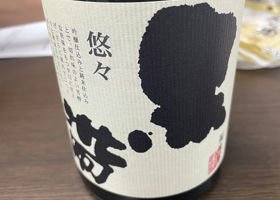

Kuroobi堂々 山廃純米
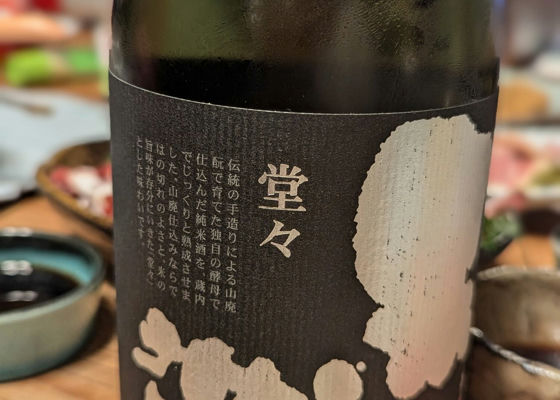
さえちゃん
覚えてない
つつじ
I was surprised how easy it was to drink, even though it was dry.
I didn't feel like I was drinking too much, but I didn't feel like I was drinking too much.
Japanese>English
つつじ
Product Specifications
Ingredients] Rice (domestic), rice malt (domestic)
All the rice used is contract-grown rice.
Yamada-Nishiki 55% (Produced in Taka-machi, Hyogo Prefecture)
Kishimadaira, Shimotakai-gun, Nagano Prefecture
Polishing ratio] 68
Production method: Mixture of special junmai and junmai-daiginjo-shu (50% milled rice ratio: 20% and 50%)
Alcohol content】15度
Sake meter] +6
Acidity] 1.6
Japanese>English

Kuroobi悠々 特別純米
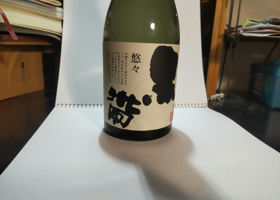
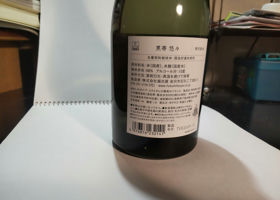
さけざん
Sake temperature is about 12 degrees.
There is almost no aroma.
The mouthfeel is very sharp, but the umami is also very strong.
It does not linger, so you can enjoy it as much as you want.
I'm going to try heating it up.
It's 45 degrees, and when it's warmed up, it has a certain aroma, but I can't smell it.
More umami, but the sharpness is still there.
Well, this one will be gone soon, too!
Japanese>English
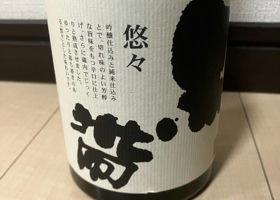
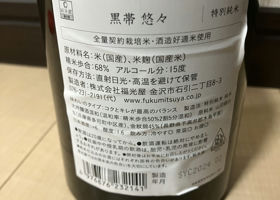
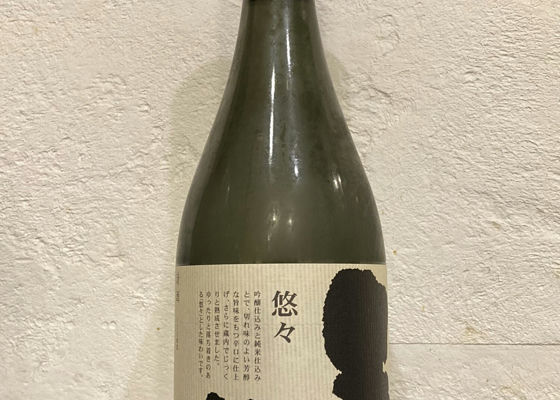
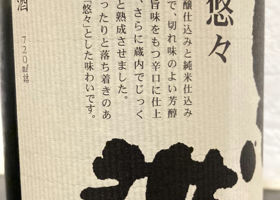
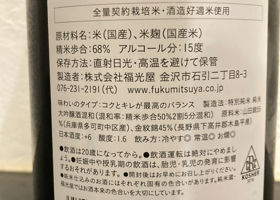
N.Nao
Good flavorful aroma and a great dark rice flavor that spreads in the mouth!
Rich rice flavor
It has a strong flavor, yet it is crisp and you can feel the powerful sharpness at the back of your throat.
I think you can enjoy a different taste if you warm it up 😋.
Delicious 😋.
It is a special junmai sake mixed with junmai daiginjo-shu. This is my first time drinking this sake.
55% Yamada-Nishiki from Taka-machi, Hyogo Prefecture, 45% Kinmon-Nishiki from Nagano Prefecture
Sake degree +6, acidity 1.6
Received from a relative on New Year's Day.
Japanese>English


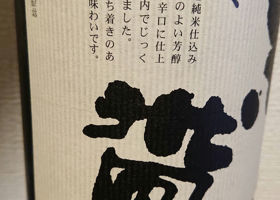
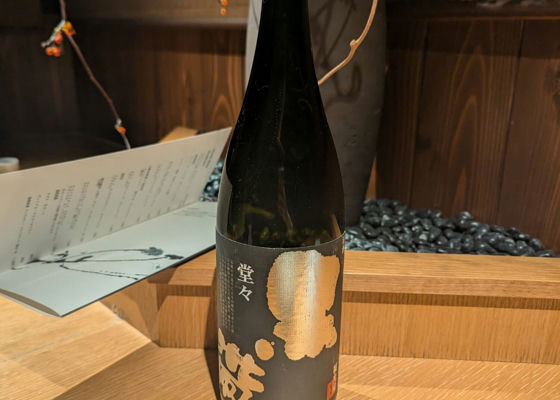
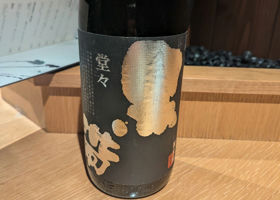

南十字輝
7/10
Fukumitsuya's black belt series.
There are three of them, and this one is the Yamahai Junmai type.
It is quite rare.
Kurobai is a delicious sake.
Especially, this Dozan is a good sake with a mild flavor and sharpness.
The store that stocks this sake is also very good.
Japanese>English
nabewata
★ I don't like it so much.
Japanese>English
